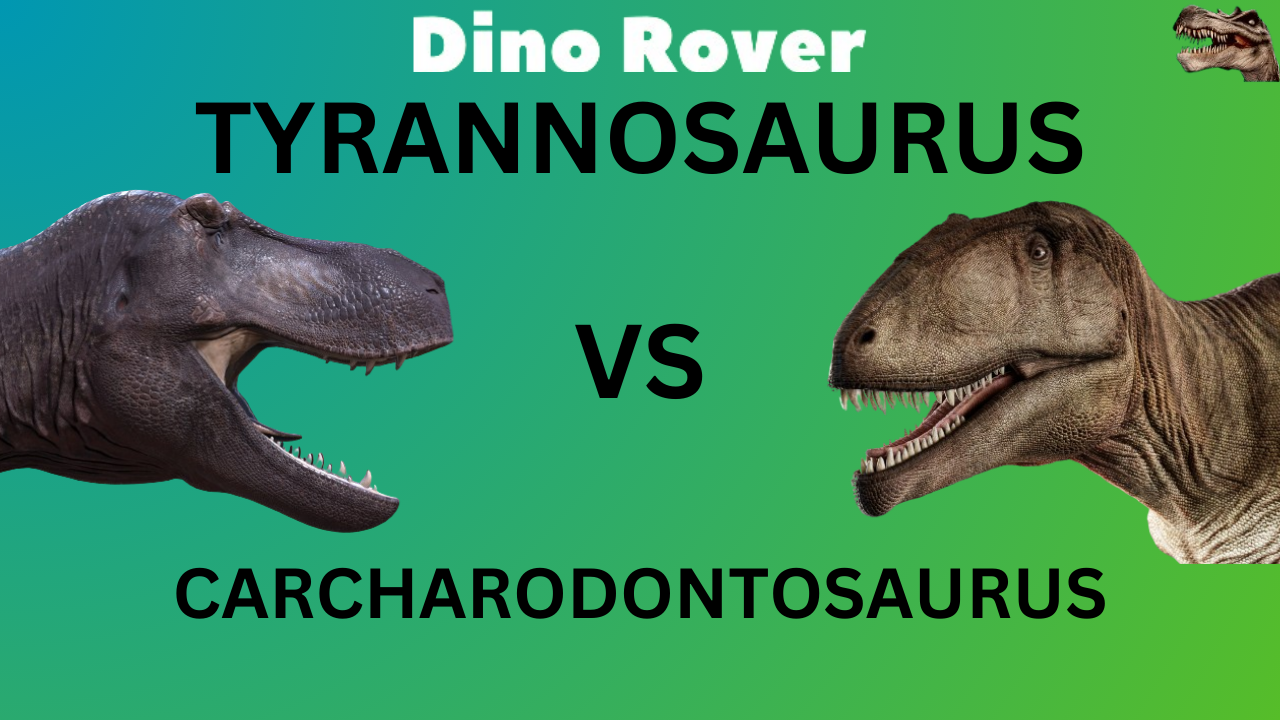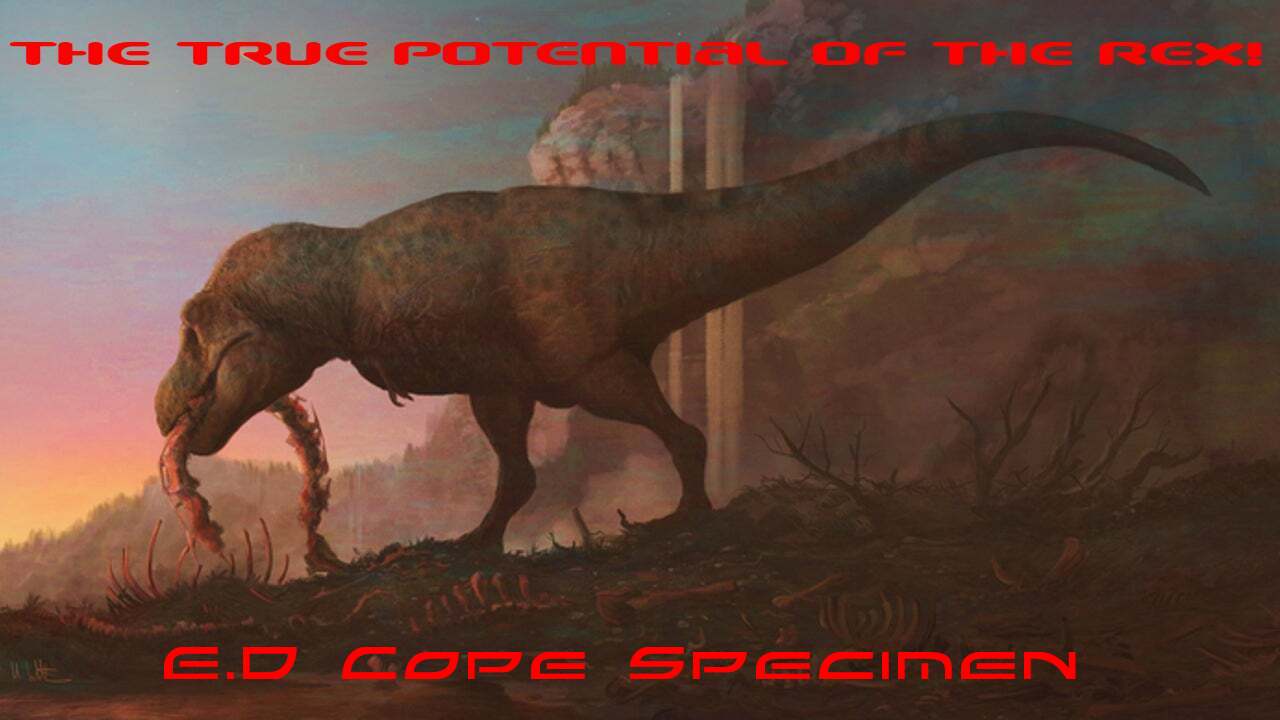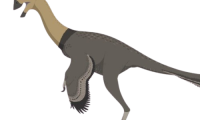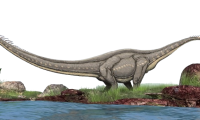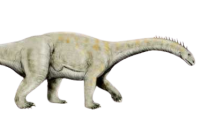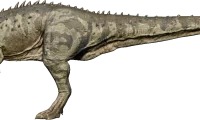ave you ever wondered just how smart those colossal creatures roaming the Earth millions of years ago really were? 🤔 Well, hold on to your hats because we’ve got some exciting news straight from the world of paleontology!
You might have heard the rumors swirling around that dinosaurs, particularly the mighty T. rex, were brainiacs of the prehistoric era, maybe even as smart as our mischievous monkey pals 🐒 swinging through the trees. But guess what? Recent research has shattered those beliefs faster than you can say “Jurassic Park”! 🚫🧠
A crack team of paleontologists, behavioral scientists, and brainy neurologists teamed up to take a closer peek at dino brains. What did they find? Well, it turns out those thunder lizards were more like scaly reptilian relatives than Einstein-level geniuses. 🦎 Sure, they were clever in their own right, but they weren’t exactly crafting elaborate tools or passing down knowledge from generation to generation like our primate pals.
Remember that study that had everyone buzzing about T. rex being a geniuses? Yeah, turns out it might’ve been a bit off the mark. 🎯 For decades, scientists have pored over dinosaur brain size and structure, deciphering clues about their behavior and habits. We’ve relied on brain cavity fillings and shapes, known as endocasts, to unlock the secrets of ancient minds. 🧠 These researchers dug deep into the techniques used to estimate brain size and neuron numbers in dinosaurs and found some major flaws in the previous assumptions. Oopsie! 🤭
What are Endocasts?
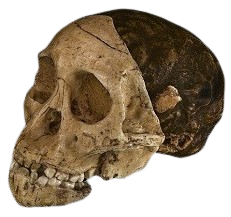
Imagine you have a hollow ball. An endocast is like making a mould of the inside of that ball. It’s a cast of the empty space inside something. Here’s how it works:
- For skulls: Scientists are interested in how brains have changed over time. They can’t see the brain directly in fossils, but they can make an endocast of the skull. This gives them a good idea of the size and shape of the brain that once fit inside.
- Other uses: Endocasts can be made of other hollow things too, like dinosaur eggs or animal burrows. They help us learn about what used to be inside, even if it’s long gone.
So, an endocast is like a detective tool, helping us peek inside the past and learn about things we can’t see directly.
But don’t get disheartened, fellow dino enthusiasts! 🦕 While it’s a bummer to think our favorite prehistoric pals weren’t planning world domination with their super-smarts, this new research opens up a whole new world of discovery.
Instead of relying solely on brain size and neuron counts, scientists are taking a more holistic approach to understanding dinosaur behavior. When it comes to understanding our prehistoric pals, there’s no one-size-fits-all approach, the scientists look at the big picture – from bones to behavior – to piece together the dino puzzle.
From studying fossil footprints to analyzing the bones of living relatives, there’s a whole treasure trove of clues waiting to be unearthed. 🕵️♂️ So, while T. rex might not have been the Mensa member we thought it was, it’s still just as fascinating to imagine these ancient giants as super-sized, scaly crocs ruling the roost. 🐊
So, next time you find yourself face-to-face with a dinosaur fossil at the museum, remember: they might not have been the brainiacs of the Mesozoic, but they sure knew how to make an impression! 🦕✨
Interested to read more? head over to this great read at the SciTech Daily.



